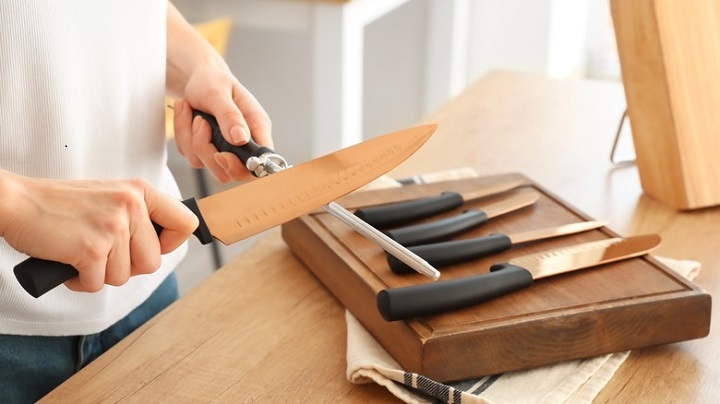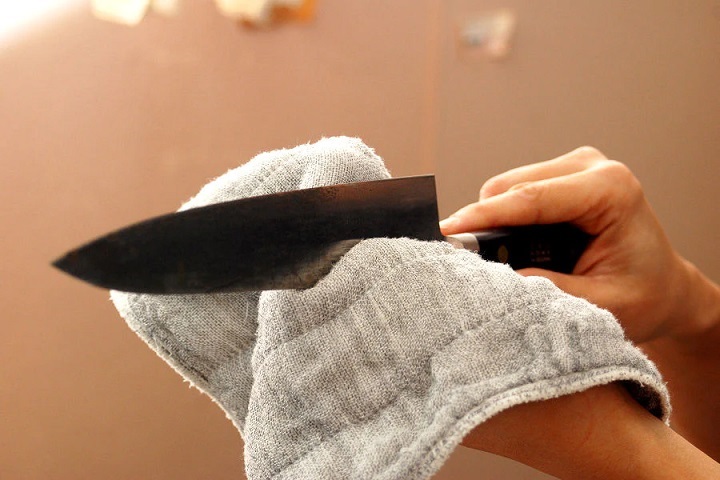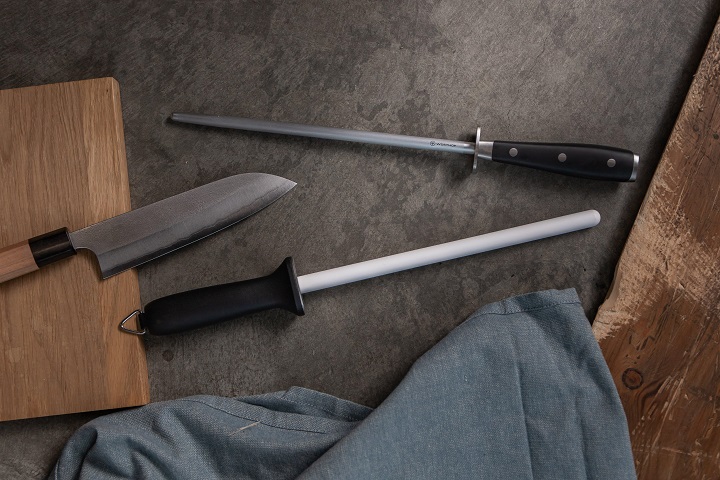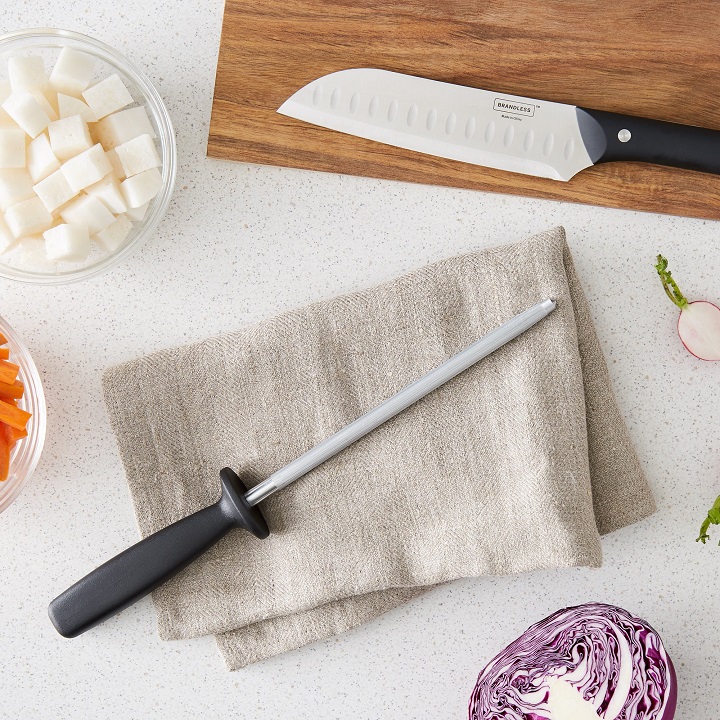In the realm of culinary craftsmanship, a chef’s most cherished tools are undoubtedly their knives. A knife that is well taken care of not only ensures precision and safety in the kitchen but also enhances the cooking experience. It can get frustrating when you’re trying to cut something that you want to look nice, especially when decorating a dish, and your knife is dull.
And it’s not just the frustration, but the risks that come with knives being dull, such as the possibility of hurting yourself or anyone in your vicinity while working. Also, if the knives aren’t properly cleaned they can affect the quality of the food you’re making. That’s why it’s important to take care of your knives.
How to Take Care of Your Knife

When you’ve spent time and money selecting and buying high-quality cutlery, especially knives, it’s also important to consider the correct care instructions on them, to make sure that they last longer and get the job well done. The knives are probably the most important part of the whole cutlery, therefore caring about them properly is a must, such as cleaning them, using a sharpening and steel honing rod properly and many other ways. So, let’s look at how you can ensure longevity.
Clean It After Every Use
Some foods are acidic, meaning that after cutting them, the acid can corrode the blade of your knife. That’s why cleaning your knife after cutting anything acidic, especially lemons, tomatoes and onions is important. So, after every use either wash it or wipe it with a kitchen towel. If you decide to wash it, wash it with dish soap and hot water. Don’t soak it, as this can lead to bacteria build-up on the handle. Washing them by hand rather than putting them in a dishwasher is ideal. The dishwasher can often be too abrasive and depending on the detergent you use, the process can cause rust or corrosion.
Dry It Immediately

Letting your knife air dry can cause damage to it, such as rusting or germ buildup. Instead, it’s best to use a hand towel to wipe it as soon as you wash it. You can also use a paper towel. The material of the towel isn’t important, but small things like this will keep your knife in top-notch condition.
Use the Right Cutting Board
There are right and wrong cutting boards. Even though glass or even ceramic boards seem more aesthetically pleasing and will fit great in your kitchen, they can damage the blade of your knife and become dull over time. That’s why it’s better to go for a wooden or even a plastic cutting board as they are much easier on the blade.
Sharpen and Hone Your Knife
If your knife appears dull, it’s time to sharpen it. A dull knife is much more dangerous than a sharp one since you’d be applying more pressure when using it and you can end up cutting or injuring yourself. You can opt for a sharpening stone, or an electric sharpener or even let a professional do it for you. You can sharpen your knife twice a year. Honing the knife means you’re aligning its edge and you can do it before every use.
What’s Honing?

Honing is the process of realigning the edge of the blade and correcting any bends or misalignments that occur during regular use. It straightens the blade which is already sharp. You can notice this when cutting, the knife is as sharp as a razor but for some reason, it bites and catches on the food. That means that it’s time to hone it. You can hone your knife as much as you want to since, it won’t damage the quality of the blade, but it’s recommended you do it after three to four uses. If you are an at-home chef you can do it twice a week and your knife will do its job perfectly.
Difference Between Honing and Sharpening
The difference is pretty clear. When you’re sharpening a knife, you’re grinding away small amounts of metal to reshape the edge of the knife. With honing, the edge is sharp, but because it’s thin it tends to fold over after a period of us.
Honing means simply uncurling the edge and re-straightening it. There’s a special tool called a steel honing rod, that helps you and you don’t have to take the knife to a professional to do it, you can do it yourself. Does a honing rod sharpen a blade? The answer is no, it doesn’t sharpen the blade. It just realigns the edge which should already be sharp previously.
Proper Technique for Honing
Before you start, choosing the right rod for honing is important. It’s recommended to use ceramic rods because they are harder than steel but they won’t be rough on your knife’s edge. When you get your rod, place it vertically on a towel so that it won’t slide. Touch the heel of your knife to the top of the steel and apply a little pressure.
Keep the knife at a 15-20 degree angle. Then, slide the knife down the steel with a left-to-right motion. The idea is to touch the entire edge of the blade in every pass. You should hone each side of the knife the same number of times, to ensure that is straightened and properly aligned.
Summing It Up

Long story short, to keep these tools in prime condition, regular care is paramount. Cleaning and drying after every use, and choosing the proper tools that go with them will ensure that your time spent in the kitchen is fun and worry-free. You can enjoy and have fun while preparing food for yourself and your friends and family without having to worry about not being able to properly cut the ingredients and you’ll avoid any possible injuries. And a well-maintained knife is a testament to your commitment to the art of cooking and food in general. So, keep those blades sharp and clean and let the culinary adventures begin.